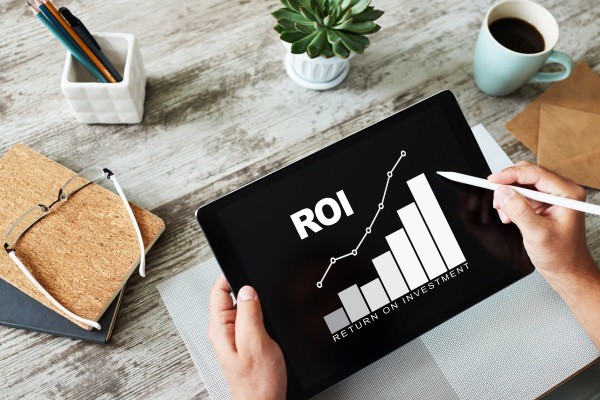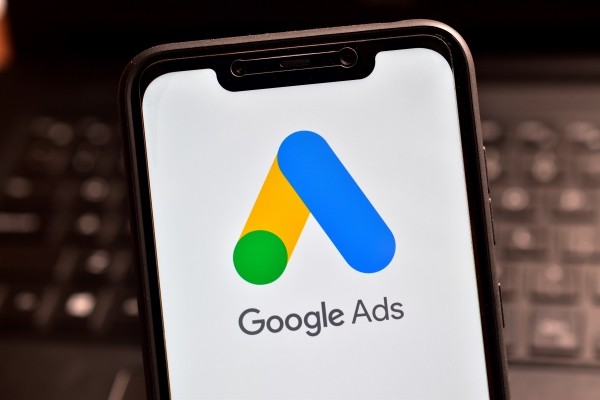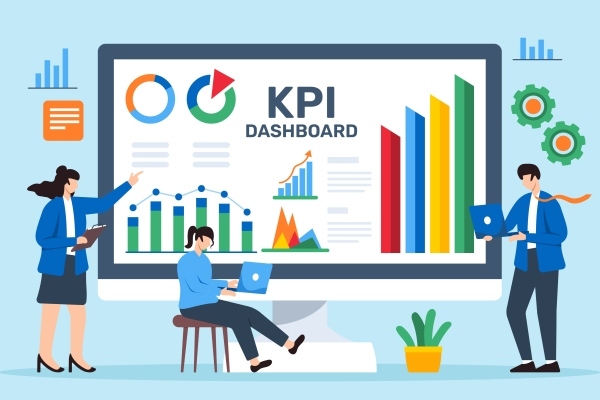
How to Maximise ROI with Paid Advertising
Return on Investment (ROI) is a crucial metric for any business to track and optimise. It measures the efficiency of an investment, comparing the amount of money invested to the returns generated. To maximise profits and grow a business, it’s important to ensure that ROI is as high as possible. One way to achieve this is by utilising paid advertising services, which can help reach new customers, increase brand awareness, and ultimately drive revenue. Whether you’re experienced in digital marketing or just starting out, this guide will provide valuable insights and practical tips to help you make the most of your advertising budget and boost your business’s ROI.
Understanding Your Target Audience
Before launching a paid advertising campaign, it’s essential to understand who your ideal customer is. Knowing your target audience allows you to create ads that resonate with them and deliver them to the right people. Start by identifying the demographics, interests, and behaviours of your ideal customer. Consider factors like age, gender, location, income level, education, and pain points. Next, create buyer personas that capture the characteristics of your ideal customer. These personas will help you tailor your ads and messaging to meet the needs and preferences of your target audience.
Choosing the Right Platforms
There are several popular paid advertising platforms available, including Google Ads, Facebook Ads, LinkedIn Ads, and more. When selecting a platform, it’s important to consider your budget, goals, and target audience. For example, if you have a limited budget, you may want to focus on platforms that offer lower costs per click, such as Facebook Ads. If your goal is to generate leads, LinkedIn Ads may be a good choice due to its professional user base.
Optimising Your Ad Content
Once you’ve selected your platforms, you’ll need to set up and optimise your ad campaigns for each one. Crafting compelling ad copy and headlines is crucial for capturing users’ attention and enticing them to click on your ad. Use clear and concise language, highlight your unique selling proposition, and incorporate persuasive elements such as scarcity and urgency. Also, ensure your headlines are attention-grabbing and accurately reflect the content of your ad.
When it comes to images and videos, use high-quality visuals that are relevant to your product or service and help to convey your message. Use eye-catching colours, bold graphics, and clear calls to action to make your ad stand out. Test different image and video variations to determine which performs best for your audience.
Bidding Strategies for Maximum ROI
There are various bidding strategies available for online advertising, including cost-per-click (CPC), cost-per-thousand impressions (CPM), and cost-per-acquisition (CPA). CPC bidding involves paying for each click on your ad, while CPM bidding involves paying for every 1,000 impressions. CPA bidding, on the other hand, involves paying for each conversion.
Consider your overall marketing goals and available resources when setting bid targets and budgets. Determine the maximum amount you’re willing to spend per click or impression and set bid targets accordingly. Use automated bidding tools to streamline the process and optimise your bids in real-time.
Landing Page Optimisation
Landing pages play a crucial role in paid advertising, as they serve as the first point of contact between a visitor and your business. An optimised landing page can significantly improve the effectiveness of your ad campaigns, leading to higher conversion rates and a greater return on investment. To create an effective landing page, follow best practices such as clear messaging, strong calls-to-action (CTAs), and a clean, simple design. Ensure that your landing page accurately reflects the message of your ad and addresses the needs and concerns of your target audience.
Use A/B testing to compare different landing page variations and determine which elements work best for your audience. Iterate and refine your landing page based on the results of your tests, and continually strive to improve the user experience and conversion rates.
Conversion Tracking and Analysis
Tracking conversions is crucial for determining the effectiveness of your digital advertising campaigns. By monitoring conversions, you can measure the return on investment (ROI) of your campaigns and make informed decisions about where to allocate your advertising budget. To track conversions, you’ll need to set up conversion-tracking pixels on your website. These pixels allow you to track specific actions taken by visitors on your site, such as form submissions, product purchases, or sign-ups for a newsletter.
Once you have conversion tracking set up, you can measure and analyse the performance of your campaigns. Use analytics tools to view detailed reports on conversion rates, conversion value, and other key metrics. This data will help you understand which campaigns are performing well and which areas need improvement.
Retargeting and Remarketing
Retargeting and remarketing are two strategies used to reach users who have previously interacted with your brand or visited your website. Retargeting targets users who have visited your site but haven’t converted yet, while remarketing targets users who have already converted or engaged with your brand in some way.
The benefits of retargeting and remarketing campaigns include increasing brand awareness, encouraging repeat purchases, and re-engaging users who may have abandoned their shopping carts. These campaigns can also help to reduce customer acquisition costs by targeting users who are already familiar with your brand.
Personalise your ads by including the user’s name or previous purchase history to increase engagement and conversions. By implementing effective retargeting and remarketing campaigns, you can re-engage with users who have shown interest in your brand and encourage them to complete a purchase or engage further with your business.
Advanced Tactics for Maximising ROI
Audience exclusion and inclusion strategies let you focus on the most profitable segments of your audience. Exclude irrelevant audiences to avoid wasted spend, and include lookalike audiences and similar audiences to tap into new customer groups. Utilise advanced features such as Google Ads Scripts and Custom Audiences to automate and optimise your campaigns. Scripts enable you to create custom workflows and automate tasks, while Custom Audiences allow you to target specific groups of users based on their behaviour, demographics, or interests.
In summary, maximising ROI with paid advertising services requires careful planning, execution, and optimisation. Key takeaways include understanding your target audience, crafting compelling ad copy, selecting the right keywords, and continuously monitoring and adjusting your campaigns. By following these strategies, you can increase conversions, reduce wasteful spending, and ultimately drive more revenue for your business. With the right approach and continuous effort, you can achieve great success with paid advertising services.







